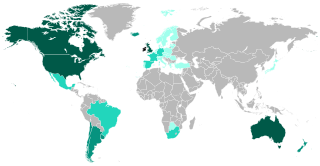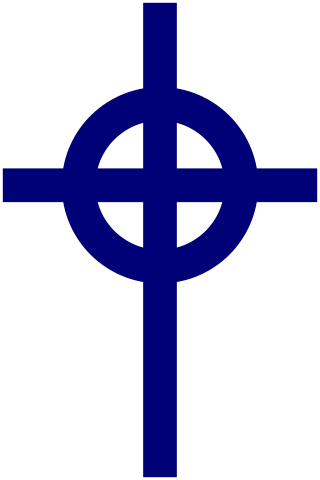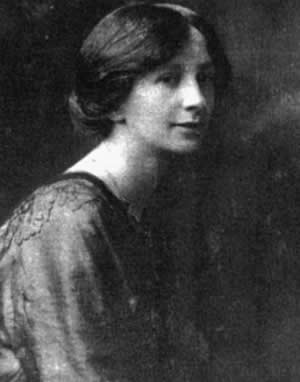Related Research Articles

The Irish diaspora refers to ethnic Irish people and their descendants who live outside the island of Ireland.

The Great Famine, also known within Ireland as the Great Hunger or simply the Famine and outside Ireland as the Irish Potato Famine, was a period of starvation and disease in Ireland from 1845 to 1852 that constituted a historical social crisis which subsequently had a major impact on Irish society and history as a whole. With the most severely affected areas in the west and south of Ireland, where the Irish language was dominant, the period was contemporaneously known in Irish as an Drochshaol, literally translated as "the bad life". The worst year of the period was 1847, which became known as "Black '47". During the Great Hunger, roughly 1 million people died and more than 1 million fled the country, causing the country's population to fall by 20–25% between 1841 and 1871. Between 1845 and 1855, at least 2.1 million people left Ireland, primarily on packet ships but also on steamboats and barques—one of the greatest exoduses from a single island in history.

German Americans are Americans who have full or partial German ancestry. According to the Academy for Cultural Diplomacy, "German-Americans make up the largest self-reported ancestry group within the United States accounting for roughly 49 million people and approximately 17% of the population of the US." This is an increase from 2010 when it was 45.7 million people. German Americans account for about one third of the total population of people of German ancestry in the world.

Irish Catholics are an ethnoreligious group native to Ireland whose members are both Catholic and Irish. They have a large diaspora, which includes over 36 million American citizens and over 14 million British citizens.

A coffin ship is a popular idiom used to describe the ships that carried Irish migrants escaping the Great Irish Famine and Highlanders displaced by the Highland Clearances.

Irish Canadians are Canadian citizens who have full or partial Irish heritage including descendants who trace their ancestry to immigrants who originated in Ireland. 1.2 million Irish immigrants arrived from 1825 to 1970, and at least half of those in the period from 1831 to 1850. By 1867, they were the second largest ethnic group, and comprised 24% of Canada's population. The 1931 national census counted 1,230,000 Canadians of Irish descent, half of whom lived in Ontario. About one-third were Catholic in 1931 and two-thirds Protestant.
Scotch-IrishAmericans are American descendants of Ulster Protestants who emigrated from Ulster to America during the 18th and 19th centuries, whose ancestors had originally migrated to Ireland mainly from the Scottish Lowlands and Northern England in the 17th century. In the 2017 American Community Survey, 5.39 million reported Scottish ancestry, an additional 3 million identified more specifically with Scotch-Irish ancestry, and many people who claim "American ancestry" may actually be of Scotch-Irish ancestry.

The Irish community is one of New York City's major and important ethnic groups, and has been a significant proportion of the city's population since the waves of immigration in the late 19th century.
James S. Donnelly Jr. is emeritus professor of history at the University of Wisconsin–Madison, where he specialised in nineteenth-century Irish history. He is a leading figure in the field of Irish studies in North America. Donnelly is a former president of the American Conference for Irish Studies, and a current co-editor of the journal Éire-Ireland.

The history of immigration to the United States details the movement of people to the United States from the colonial era to the present. Throughout U.S. history, the country experienced successive waves of immigration, particularly from Europe and later from Asia and Latin America. Colonial-era immigrants often repaid the cost of transoceanic transportation by becoming indentured servants in which the new employer paid the ship's captain. In the late 19th century, immigration became restricted from China and Japan. In the 1920s, restrictive immigration quotas were imposed although political refugees had special status. Numerical restrictions ended in 1965. In recent years, the largest numbers have come from Asia and Central America.
Nativism is the political policy of promoting or protecting the interests of native/indigenous or established inhabitants over those of immigrants, including the support of immigration-restriction measures.
Thomas Drennan (1696–1768) was an Irish Presbyterian minister active in advocating political and religious reforms.
Matthew Patten was an eighteenth-century judge and a resident of Bedford, New Hampshire. The diary he kept from 1744 to 1788 has been an important source for historians of New Hampshire.
The Irish language originated in Ireland and has historically been the dominant language of the Irish people. They took it with them to a number of other countries, and in Scotland and the Isle of Man it gave rise to Scottish Gaelic and Manx, respectively.
Ethnic history is a branch of social history that studies ethnic groups and immigrants. Barkan (2007) argues that the field allows historians to use alternate models of interpretation, unite qualitative and quantitative data, apply sociological models to historical patterns, examine more deeply macro-level policies and decisions, and, especially, empathize with the ethnic groups under study.

Alice Jacqueline Perry was one of the first women in Europe to graduate with a degree in engineering.

Irish Americans are ethnic Irish that live in the United States and are American citizens. Most Irish Americans today are descendants from immigrants who moved into America during the 19th century. Currently, there are about 36 million ethnic Irish who reside in the United States, making the third largest ancestry group. Being first German Americans and second Mexican Americans respectively.
The term Irish New Zealander refers to New Zealanders of full or partial Irish ancestry. This includes Irish immigrants as well as New Zealanders of Irish descent. The term makes no distinction concerning religion and encompasses both Catholic and Protestant immigrants and their descendants; nonetheless, the chief criterion of distinction between Irish immigrants, especially those who arrived in the nineteenth century, is religion.

Billy Lawless is an Irish former Independent politician and businessman who served as a Senator from 2016 to 2020, after being nominated by the Taoiseach. Lawless is a native of Rahoon, County Galway. In the 1980s, he was Chair of Fine Gael in the Galway West constituency and stood unsuccessfully for Galway City Council in 1991. He emigrated to Chicago in 1998, having always harboured plans to open a business in the U.S. he made the decision after his daughter received a rowing scholarship to Boston University.
Pádraig Phiarais Cúndún (1777–1856) was an Irish immigrant to the United States, where he continued composing poetry in Munster Irish and contributed to literature in the Irish language outside Ireland.
References
- ↑ "Miller, Kerby A. 1944–". Encyclopedia.com. Retrieved 7 April 2022.
- ↑ "Kerby Miller - History at the University of Missouri-Columbia". History.missouri.edu. Archived from the original on 2006-03-05.
- ↑ "Queen's University Belfast | Dr Kerby a Miller". Archived from the original on 2011-06-12. Retrieved 2010-01-25.
- ↑ Collins, Ben (August 1, 2015). "The Teen Who Exposed a Professor's Myth". The Daily Beast .
- ↑ McGrath, Pat (16 March 2021). "NUI Galway project to digitise letters from emigrants over hundreds of years". Rte.ie. Retrieved 16 March 2021.